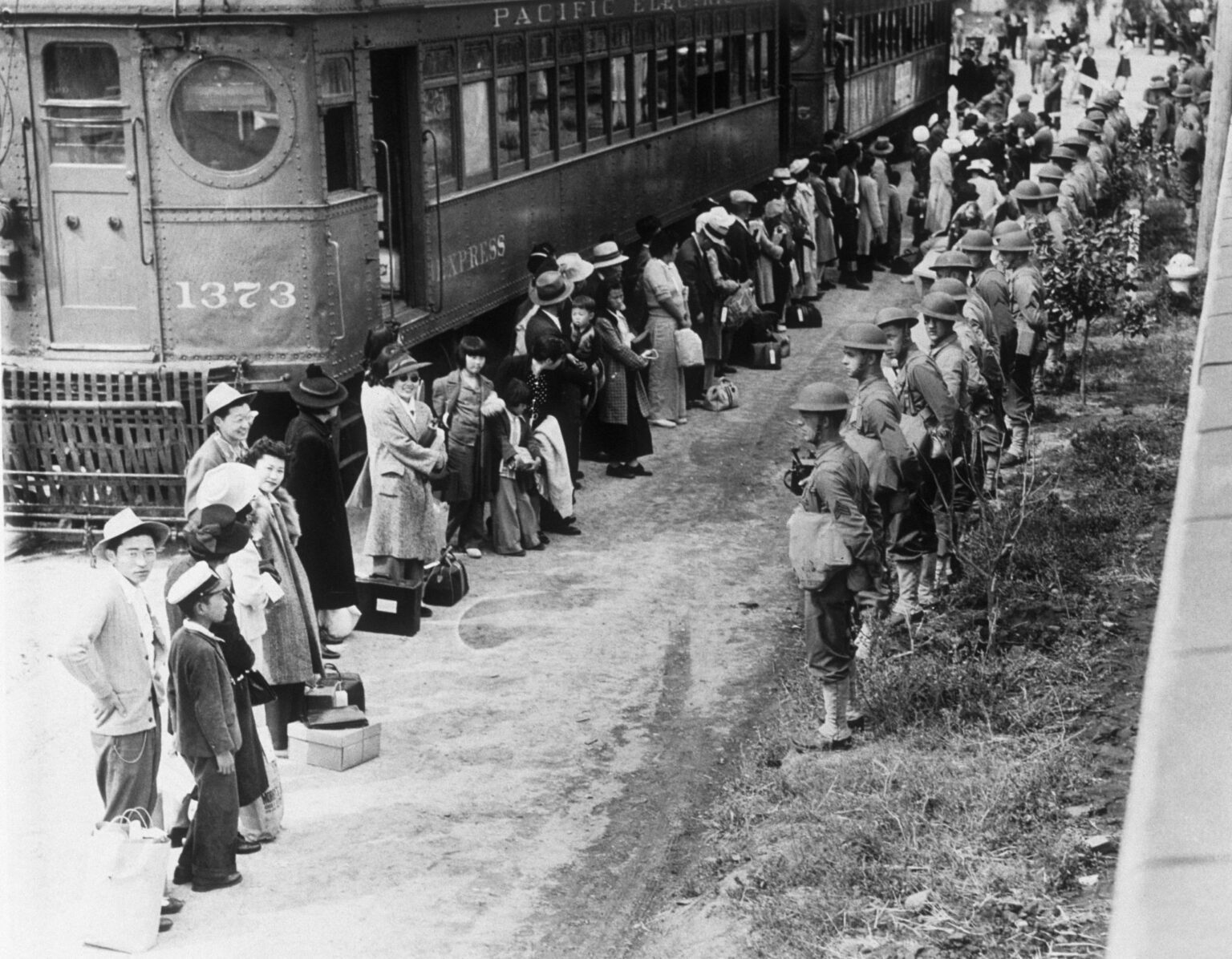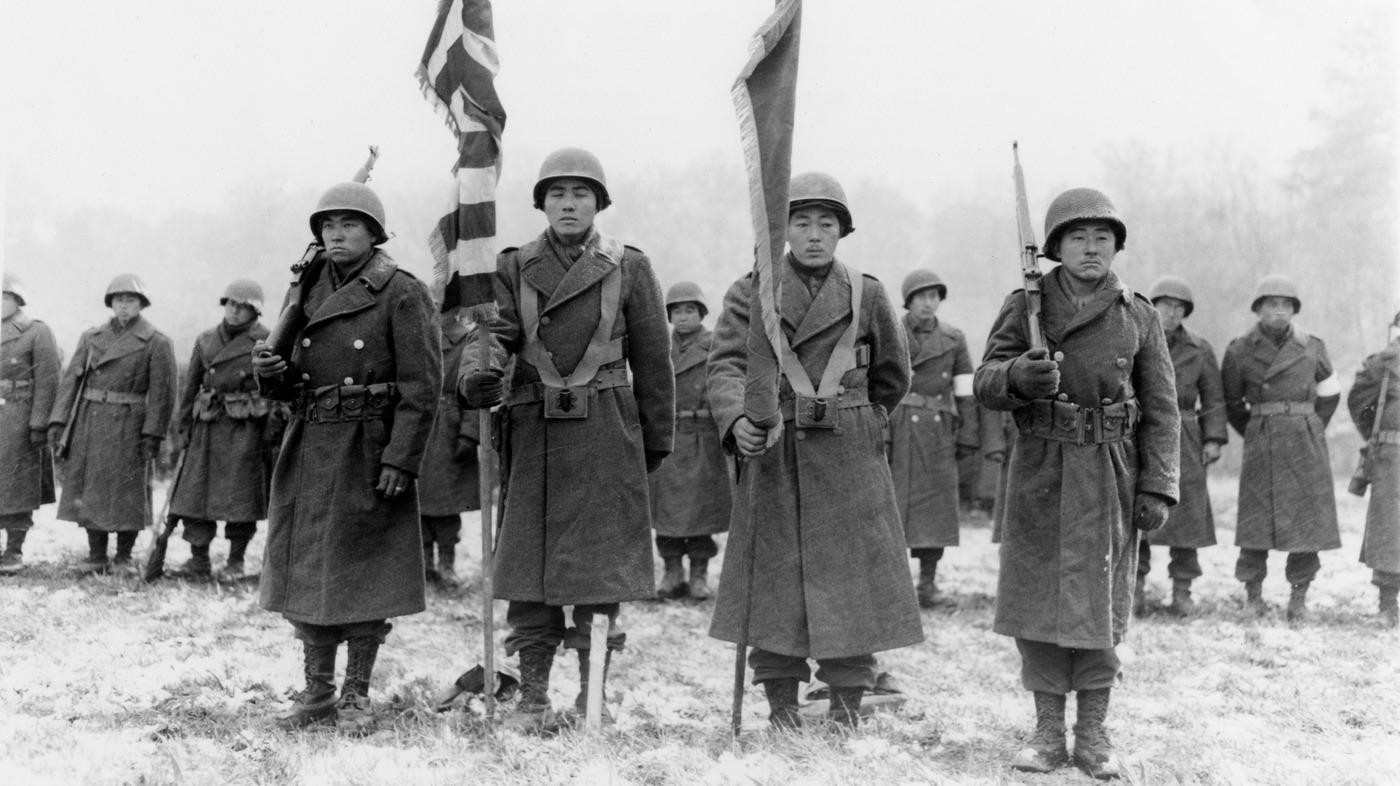
Executive Order 9066: Why February 19th is the “Day of Remembrance”
On February 19th, 1942, U.S. President Franklin D. Roosevelt signed Executive Order 9066, ordering the imprisonment of over 120,000 Japanese-Americans into concentration camps. To remember the Japanese Internment, February 19th has been marked as the Day of Remembrance.
What was the Japanese Internment?
After the Pearl Harbor attack on December 7th, 1941, the United States entered World War II. Although the Japanese Internment was reasoned to be a national security measure at the time, specifically stated to prevent espionage on U.S. soil, the U.S. never conducted an investigation into those claims, nor did they incarcerate Americans of German & Italian heritage – the other Axis powers – over the same concerns.
On February 19th, 1942, FDR signed executive order 9066, which led to the interment of Japanese-Americans. The internment happened in the US and in Canada. This picture shows fishing boats taken from the Japanese-Canadian in Steveston, BC. My Grandfather’s boat is in there. pic.twitter.com/6jK9me8Ui3
— Kristina Keating (@kkechi) February 19, 2021
As a result, men, women, and children of Japanese descent were rounded up and relocated. Their property was seized & redistributed and they were incarcerated, without being charged with a crime, until 1945. Soon, other nations such as Canada, Mexico, and Argentina also began interning their Japanese citizens & residents.
Survivors would “recollect the cold, the heat, the wind, the dust—and the isolation” according to Smithsonian Magazine. Conditions at the camp were austere, complete with barbed wire & armed guards.
In 1942, Executive Order 9066 forced over 120,000 Japanese Americans into concentration camps.
Photojournalist Lucile Dandelet documented the experience of families in Los Angeles preparing for this forced relocation. Each tells the story of people forced to give up everything. pic.twitter.com/W87o3ipPKd
— Getty (@GettyMuseum) February 19, 2021
Life in the internment camps
Each camp was set up much like an army barracks. There were roll calls, housing was sparse, and families ate together in communal mess halls. Children were required to go to school during the day and adults had the option of working in foodservice, schools, or libraries. Some camps offered jobs in manufacturing. However, internees could only make $5 per day, the salary of an army private at the time.
In 1943, Japanese Americans who were military age were allowed to serve. The 442nd Regimented Combat Team was a segregated unit comprised almost entirely of Japanese Americans. Their official motto was “go for broke”, referencing the double-sided battle they faced against Axis powers & racism back home. They fought in Italy & France to reclaim French & Italian towns from Axis powers.

They came back as the most decorated regiment in U.S. history. The National WWII Museum tallied their honors at “4,000 Purple Hearts, 4,000 Bronze Stars, 560 Silver Star Medals, 21 Medals of Honor, and seven Presidential Unit Citations.” When they returned home, then-president Harry Truman told them: “You fought not only the enemy, but you fought prejudice—and you have won.”
At least three people were shot & killed trying to escape. Two people refused to resettle and took their cases to the Supreme Court. In Korematsu v. United States, Fred Korematsu’s attorneys argued that Executive Order 9066 violated the Fifth Amendment. The Supreme Court sided against Korematsu but in 1945, Mitsuye Endo brought her case to the Supreme Court and won.
The aftermath
After World War II, internees returned to their towns but often found their homes had been seized for nonpayment or redistributed. They were often met with hostility and anti-Japanese sentiment from neighbors.
In 1976, Gerald Ford officially repealed Executive Order 9066. In 1988, Congress issued an official apology to survivors and passed the Public Law 100-383, issuing a formal condemnation of Executive Order 9066 and granted each surviving internee $20,000 in reparations.
To prevent history from being lost, Paul Kitagaki Jr. began examining photos of Japanese Americans taken by the War Relocation Authority in the National Archives. Kitagaki then began looking for survivors to interview. Eventually, he persuaded over fifty survivors & their descendants to record accounts of their time being interned. The Smithsonian declared them “portraits of resilience”.
“I think I’m able to talk better about it now. I learned this as a kid—you just can’t keep yourself in gloom and doom and feel sorry for yourself. You’ve just got to get up and move along. I think that’s what the war taught me”, survivor Jane Yanagi Diamond said in her account.





